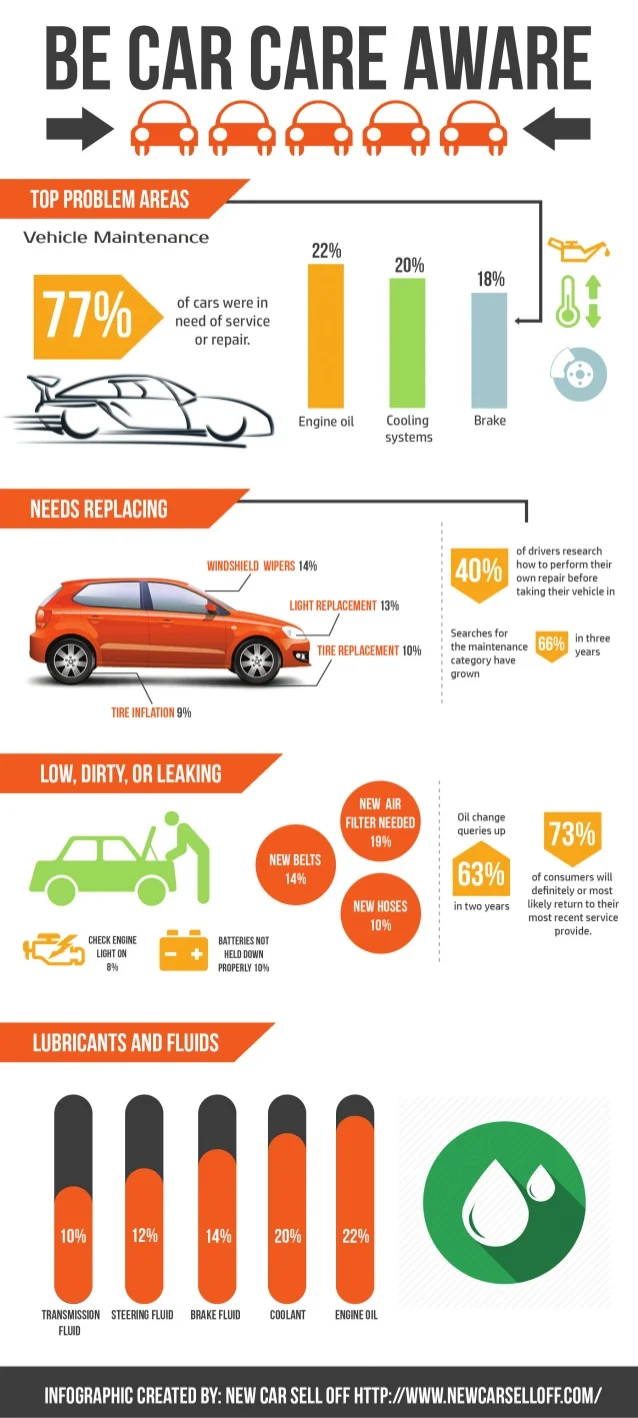A Newcomer'S Manual For Interpreting Your Vehicle'S Alert Lights
A Newcomer'S Manual For Interpreting Your Vehicle'S Alert Lights
Blog Article
Composed By-Shah Lindegaard
When you lag the wheel, those little caution lights on your automobile's dashboard can be fairly perplexing. What do they indicate, and should you be concerned? Comprehending these signals is vital for your car's health, but it does not have to be a difficult job. By decoding the enigma behind each light, you'll be outfitted to manage prospective concerns properly and maintain your cars and truck running smoothly. So, following time a warning light flashes, do not panic - arm yourself with understanding and take control of the situation.
Significance of Car Caution Lights
Understanding the importance of your cars and truck's caution lights is important for preserving your lorry's health and wellness. These lights function as your automobile's interaction system, alerting you to prospective issues that might jeopardize your security on the road or bring about pricey repairs if neglected. By taking note of these warnings, you can attend to issues early and stop further damages to your automobile.
Ignoring alerting lights can result in severe effects, such as engine failing, brake malfunctions, or even mishaps. These lights are created to alert you of problems ranging from reduced tire stress to engine malfunctions, giving you the opportunity to take action before the circumstance aggravates. Frequently checking and understanding these warnings can conserve you time, money, and ensure your safety while driving.
In addition to maintaining you safe, responding without delay to cautioning lights can also assist prolong the lifespan of your vehicle. By addressing issues beforehand, you can stop small issues from rising right into significant repairs, eventually conserving you time and money in the long run. Keep in mind, your vehicle's warning lights are there for a factor - do not disregard them!
Common Caution Lights and Meanings
When it concerns driving your car, understanding common warning lights and their meanings is necessary for your safety and car maintenance. Right here are a few common warning lights you might come across:
1. ** Examine Engine Light **: This light shows a problem with your engine. Maybe something small like a loose gas cap or something much more severe like engine misfiring.
2. ** Battery Light **: This light signals an issue with your vehicle's charging system. It might suggest a defective battery, generator, or other associated components.
3. ** Oil Stress Light **: When this light comes on, it indicates your engine may be running low on oil or experiencing low oil stress, which can lead to engine damage otherwise dealt with quickly.
4. ** Brake System Light **: This light shows a concern with your braking system. It could mean reduced brake liquid degrees or a trouble with the brake system that requires prompt focus.
Comprehending these usual warning lights will help you recognize potential problems beforehand and prevent more considerable issues later on.
How to React To Caution Lights
In the event that a warning light illuminates on your auto's dashboard, it's vital to respond quickly and properly. When a warning light begins, the first step is to consult your owner's guidebook to understand the details concern suggested by the light.
Some lights require prompt focus, while others might indicate a less urgent issue. If your mechanic is red or blinking, it's typically an indication of a serious problem that requires instant action. In Recommended Webpage , it's recommended to pull over securely, shut off the engine, and look for expert aid.
For yellow or orange warning lights, while they may not call for prompt focus, it's still important to attend to the underlying concern quickly to stop more damages. Routine upkeep and evaluation can assist stop advising lights from coming on all of a sudden.
Verdict
In conclusion, understanding your automobile's caution lights is important for keeping your lorry's health and safety. By regularly inspecting and replying to these cautions, you can resolve prospective problems early and prevent pricey repair services or safety risks. Bear in mind to consult your proprietor's guidebook for details on different caution lights and always take prompt action for red or flashing lights. Remain proactive and maintain your vehicle running efficiently!
